Robert Doisneau: The French Photographer Who Captured Eternal Love in Paris
The iconic photograph of a young couple sharing a passionate kiss in a Parisian street, seemingly unaware of the bustling crowd around them, stands as Robert Doisneau’s most renowned work.
Known for his unforgettable portrayals of everyday life in Paris, Doisneau’s photography also spans diverse subjects, including coal miners in northern France, aristocrats, and renowned artists like Picasso.
A major exhibition showcasing the most impactful images from his extensive career is set to debut on Thursday at the Maillol Museum in Paris. This marks the largest Doisneau retrospective in the city in nearly two decades.
The exhibit features 400 selected photographs from his vast collection of approximately 450,000 images. According to Francine Deroudille, the curator and Doisneau’s daughter, these works provide social commentary on a harsh reality while encapsulating a variety of human experiences.
Many of the images capture poignant moments from the suburbs of Paris, where Doisneau was born. Following the death of his mother when he was just seven, he was raised by his aunt, while his father, a plumber, had perished several years prior in World War I.
At the age of 13, Doisneau attended a craft school focused on graphic arts, graduating in 1929 with diplomas in engraving and lithography.
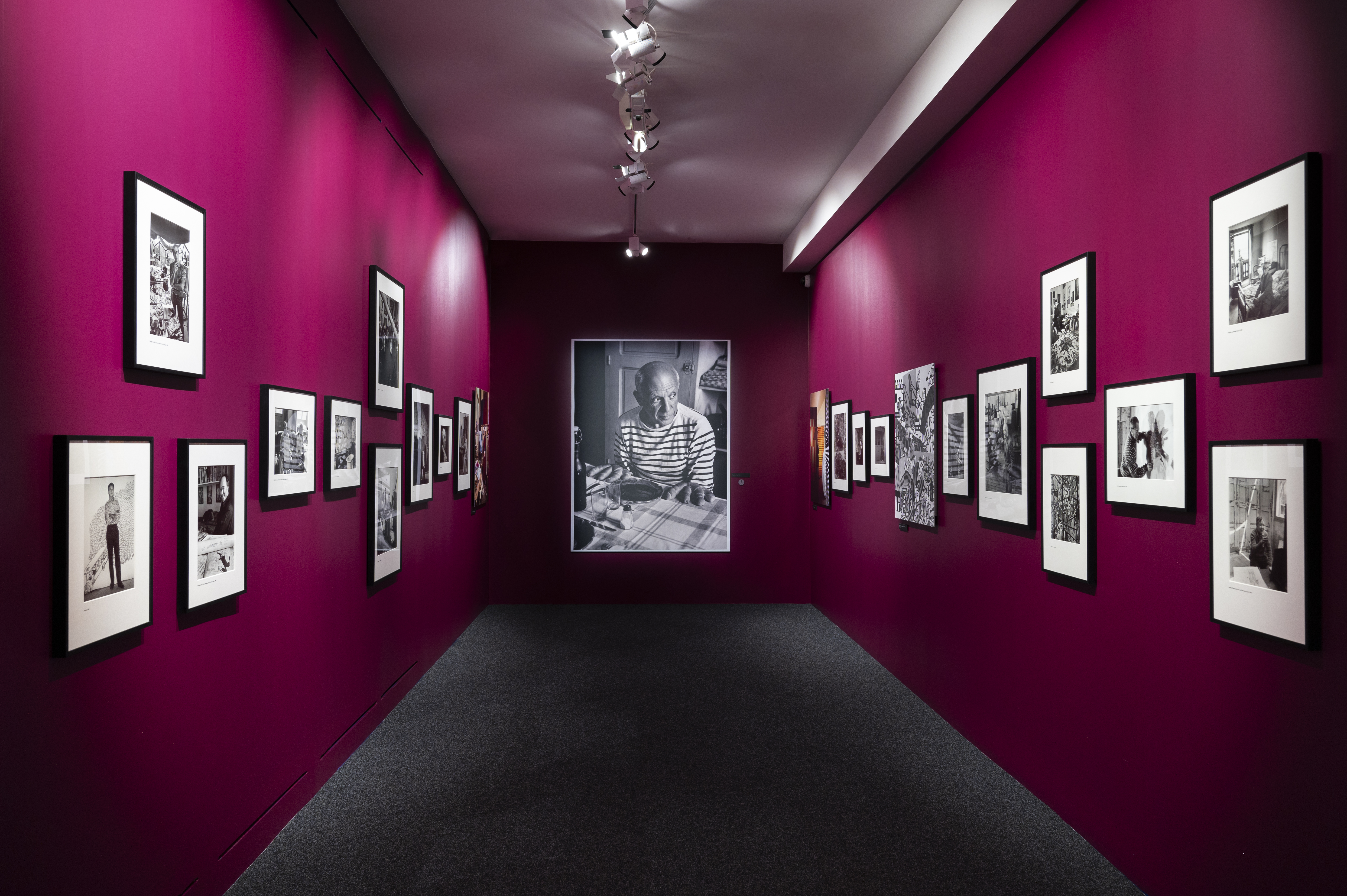
Initially, he worked as a photographer at a Renault factory located in Boulogne-Billancourt, a suburb of Paris, but was dismissed after five years due to habitual tardiness and, as he later admitted, falsifying his attendance records.
During World War II, Doisneau helped the French Resistance by forging passports and identification documents. In 1948, he began his tenure with Vogue as a fashion photographer; however, he found greater fulfillment in capturing candid street scenes rather than posed images in luxurious settings.
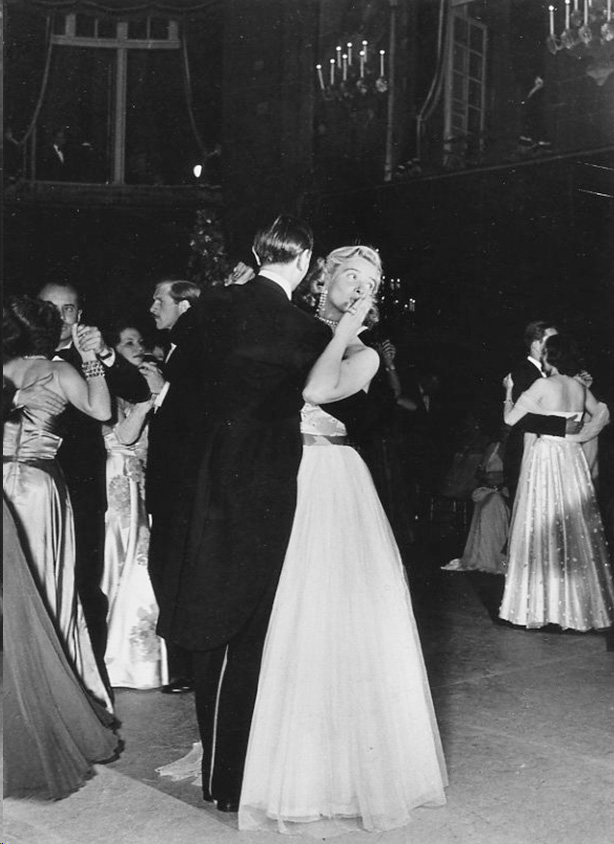
Le Baiser de l’Hôtel de Ville (The Kiss at City Hall), taken in 1950, has achieved iconic status and has appeared in numerous posters, postcards, and calendars. The couple in the photograph, Françoise Delbart and Jacques Carteaud, were initially captured in this intimate moment before Doisneau requested they reenact the kiss multiple times for the perfect shot.
Reflecting on his artistic approach, Doisneau remarked, “I would never have dared to photograph people just like that. Lovers kissing in the street—those couples are seldom legitimate.”
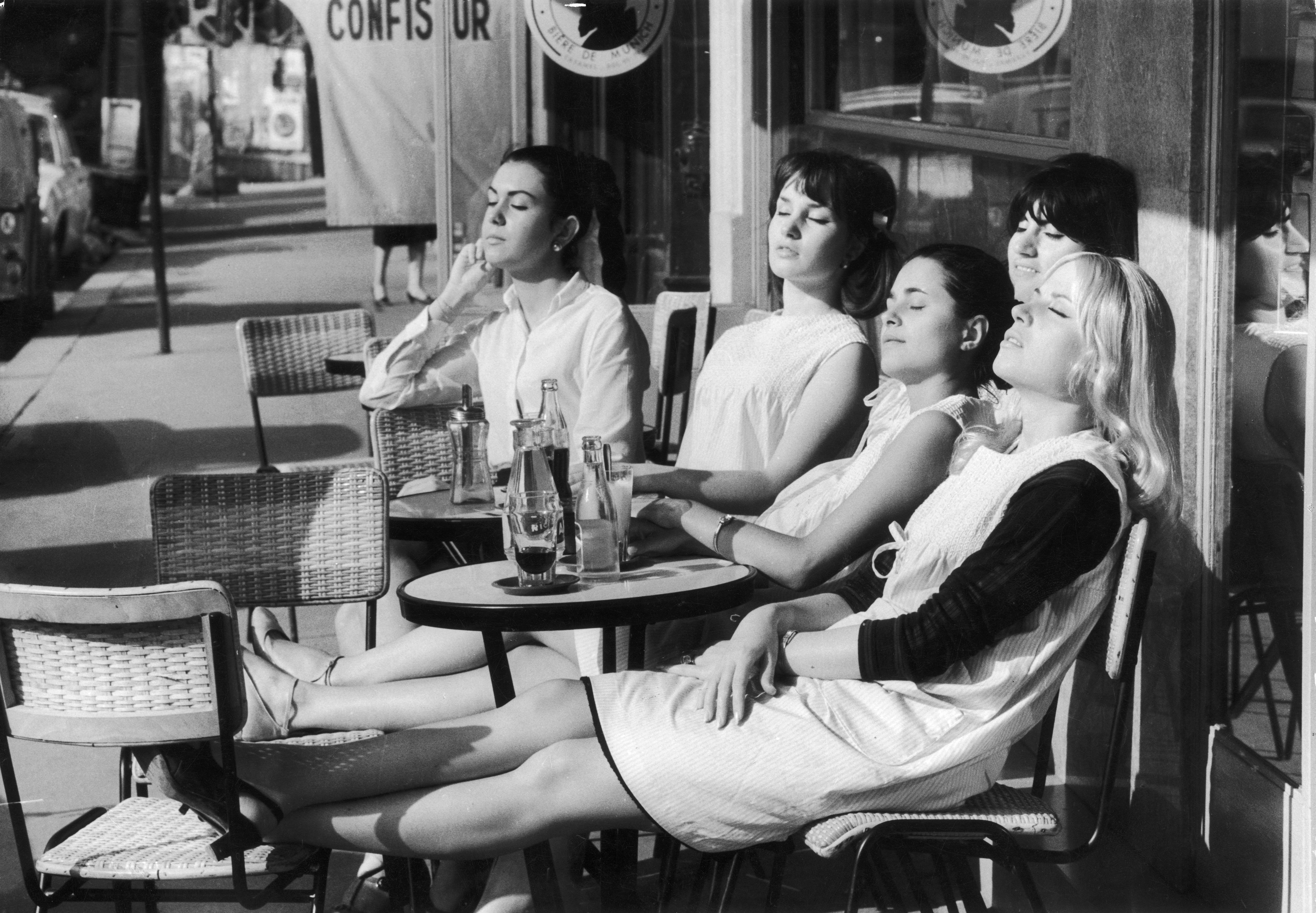
Years after the image was published in Life magazine, various couples claimed it depicted them. In 1993, Denise and Jean-Louis Lavergne sued Doisneau, alleging he had photographed them without consent and sought compensation. Ultimately, Doisneau revealed that he had indeed asked Delbart and Carteaud to pose, winning the case.
In 2005, Delbart auctioned a signed copy of the photograph, which she considered her “payment,” for €155,000.
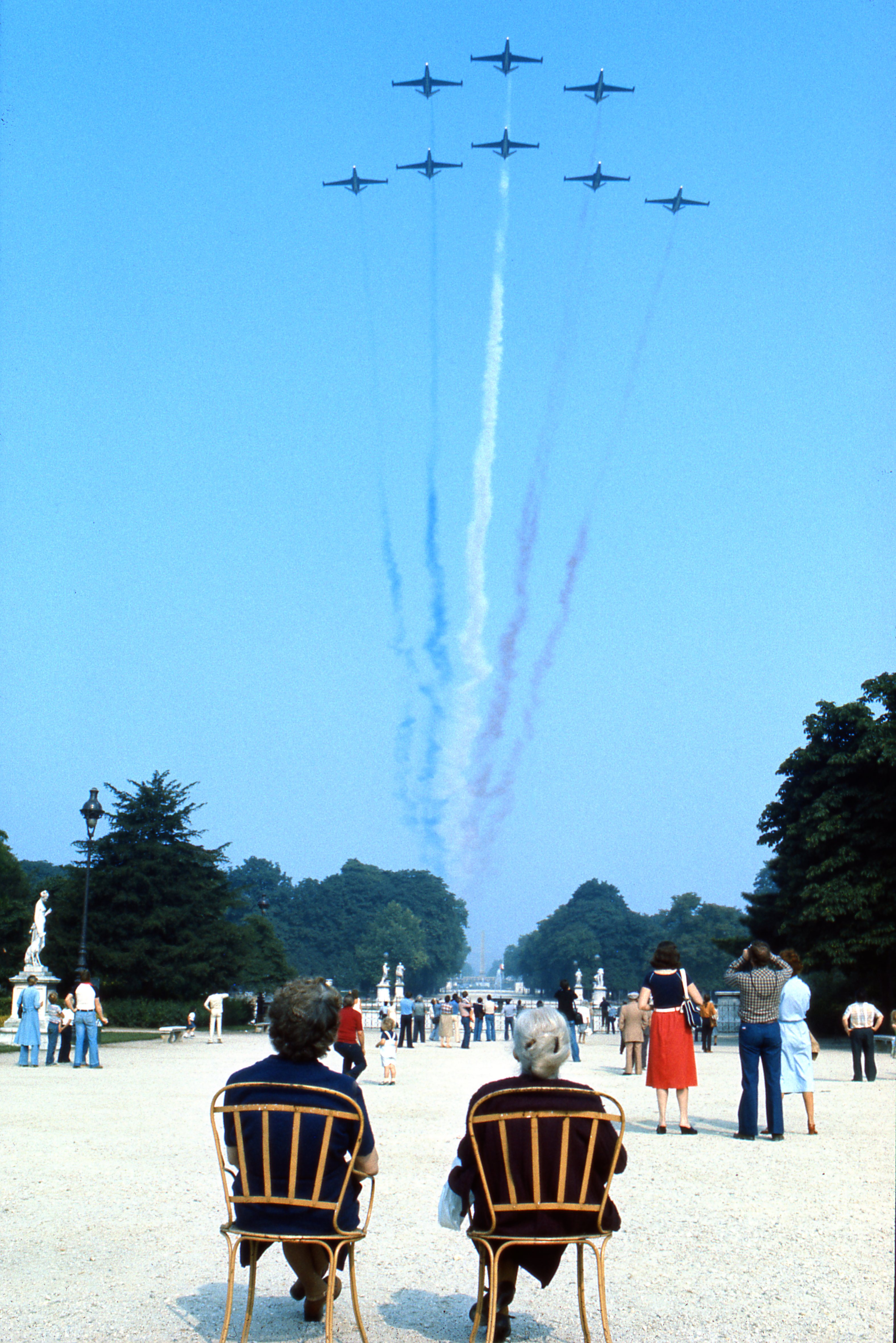
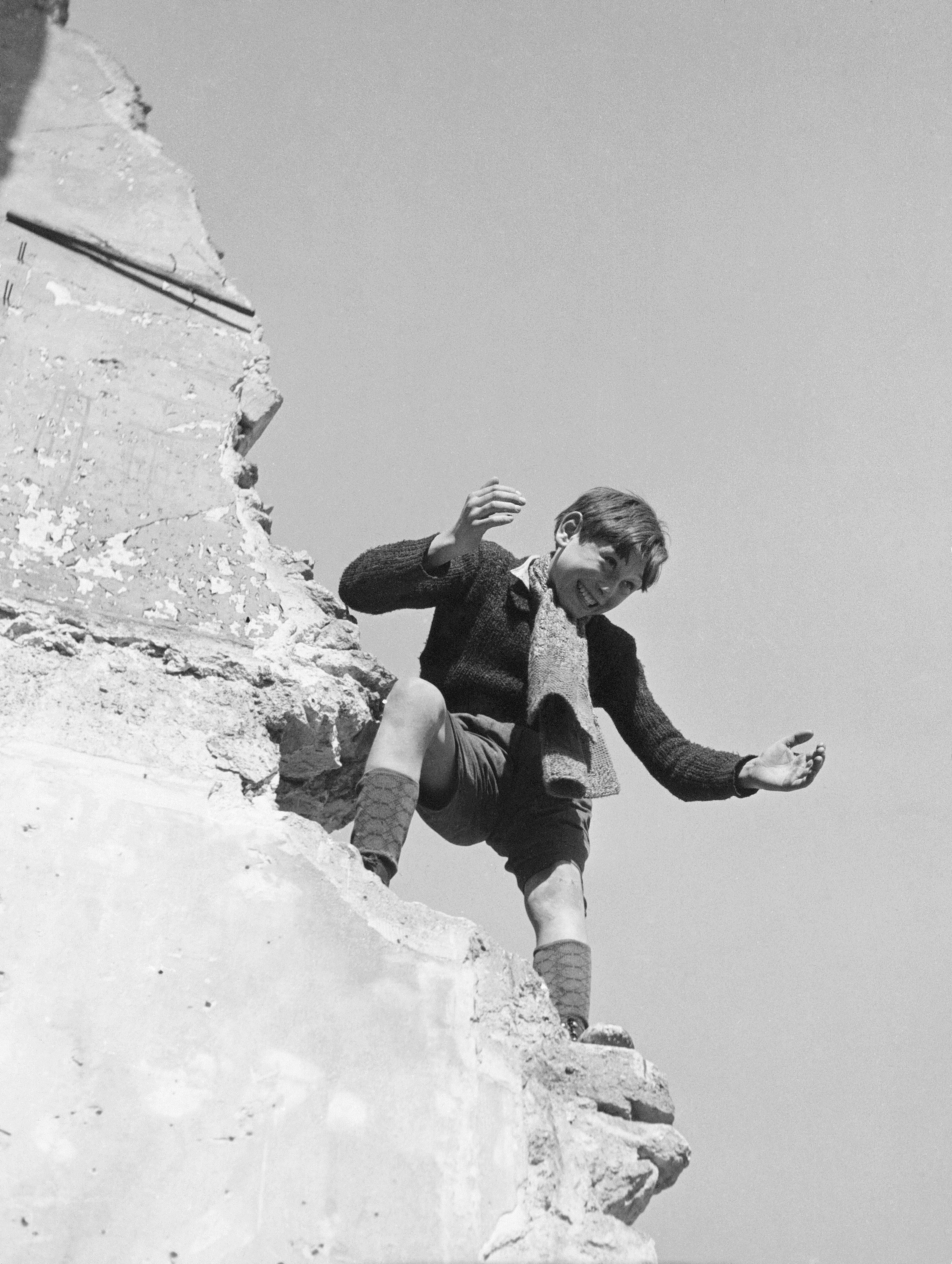
Another notable Doisneau work, La Dernière Valse du 14 Juillet (The Last Waltz of 14 July), captures a couple dancing at midnight on a deserted Paris street during Bastille Day in 1949.
The current exhibition is organized into several themed sections, one of which features café scenes. A particularly striking image from 1953, Les Bouchers Mélomanes (Music-Loving Butchers), portrays butchers at a bar, absorbed by a woman playing the accordion, despite their bloodstained aprons.
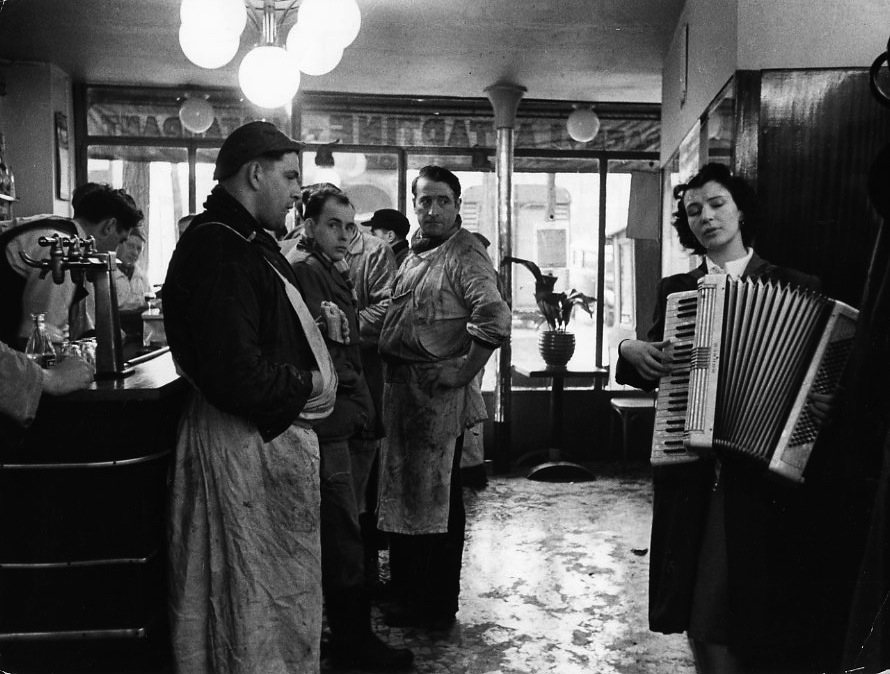
Deroudille highlighted that Doisneau’s photographic style is almost cinematic, describing it as, “A real world seen through the eyes of a dreamer.”
Robert Doisneau passed away in 1994, and he once articulated about his art, “Reality doesn’t exist. Our stories are completely made up. It’s a sort of false testimony but we use real materials.”
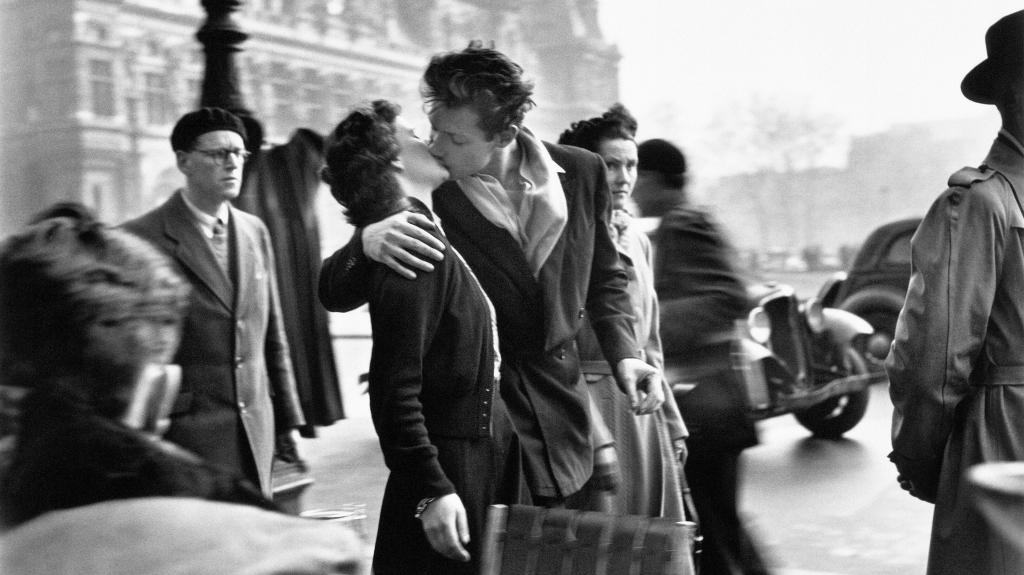
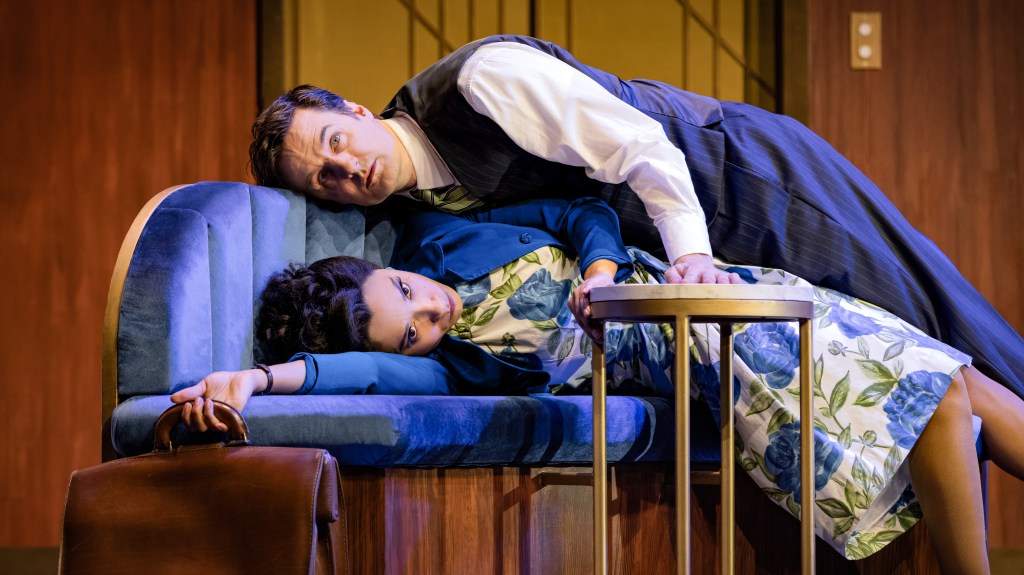
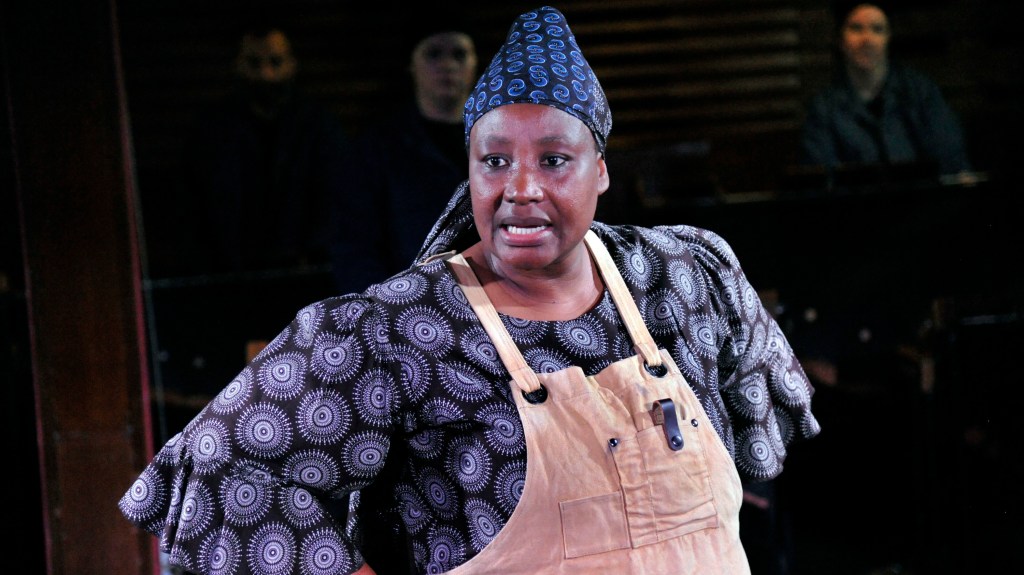
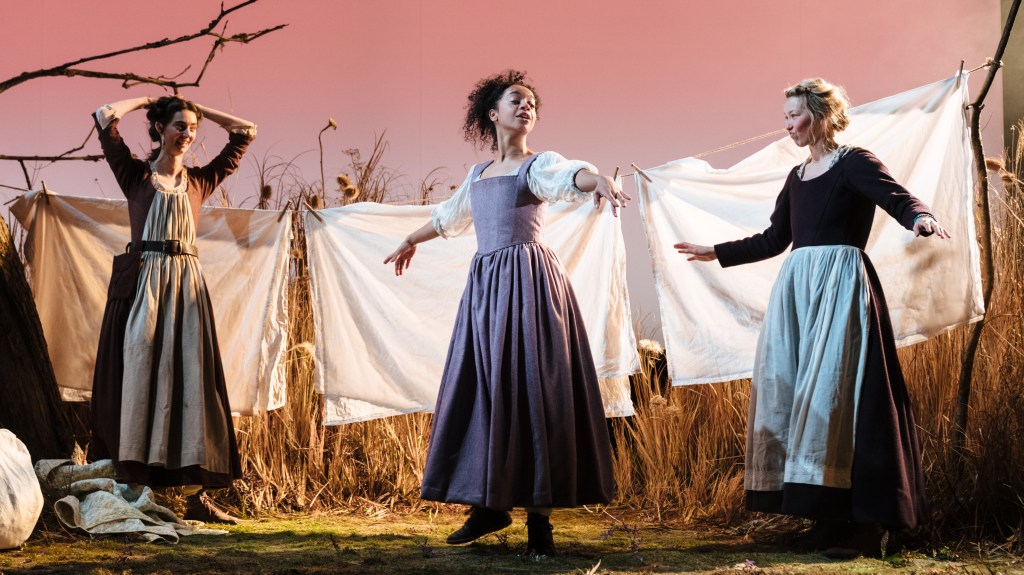
Post Comment